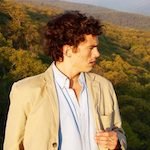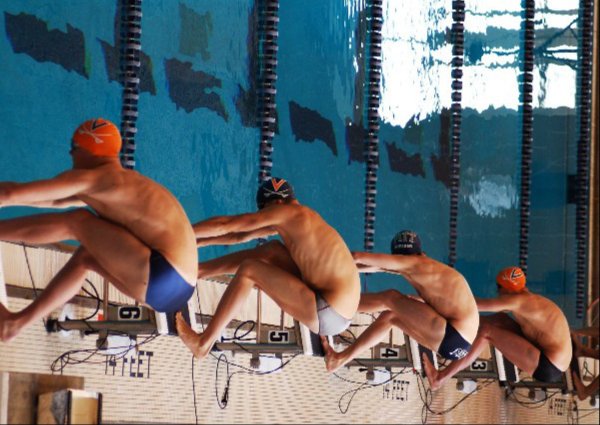
I spent my childhood hiking Long Mountain just south of Lynchburg, Virginia. Christmas of 2000, when I was twelve, my aunt gave me a 35mm camera so that I could share the places I discovered with others. The device was very basic, but I still remember the thrill of waiting for prints to return in the mail. I explored the Peaks of Otter, Beaver Creek, the backgrounds of Rustburg, and the train tracks near Indian Hill. Everywhere I went, my camera came with me. If I woke up and saw snow covering the fields, I would race out early to some of the places I discovered just to see them in new conditions and lighting. Places I revisited were never the same.
I trained myself and began my photography business, Frozen Glory, sixteen years ago. I’ve shot numerous weddings, events, family sessions, and sporting events. I’ve shot projects in New Orleans, New York, the Sichuan Providence, and all around the Commonwealth.
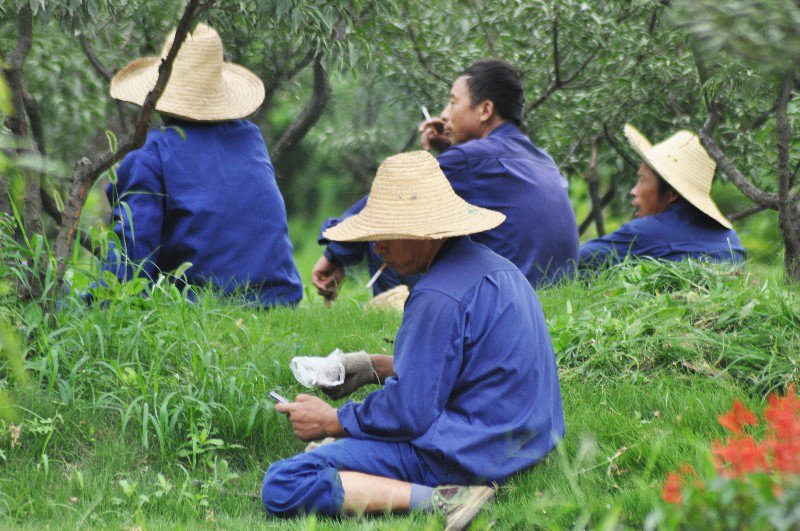
I strongly prefer non-staged portraits; in my experience, when people know they’re having their picture taken, part of them is left out. The eyes are windows to the soul, but when someone looks into a camera, the shades are often pulled shut. Who people are and what they do are indivisible, and if hired to take portraits, I ask the clients where they work, what they like to do, where they travel and then take the pictures as they live their lives.
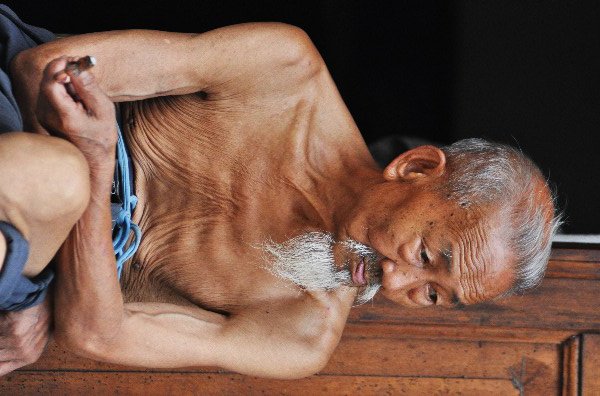
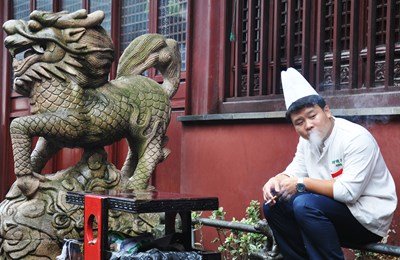
I regularly associate with poets skilled in the spoken word, like Bernard Hankins and La’Tasha Strother, who talk about ‘flow’ and the magic that happens in free-style improvisation when poets ‘lose themselves.’ Similarly, I wait until that moment when clients genuinely forget I’m there and work, play, and laugh like they do when no one is watching. The images feel like a moment of the person’s life is actually captured. People photographed often want to feel like they are a subject in a work of art, but that requires a loss of self-awareness that is difficult to achieve.
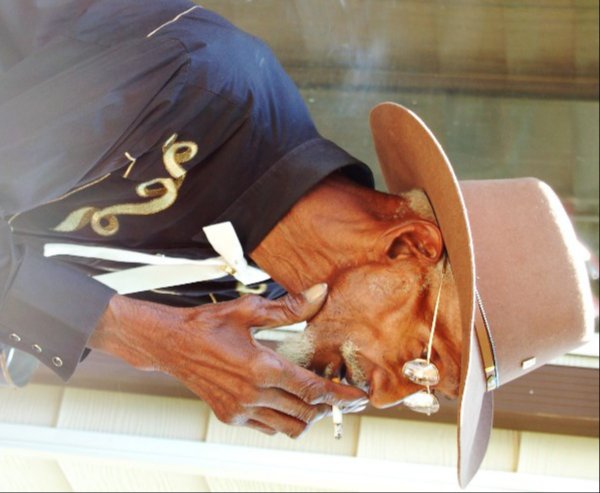
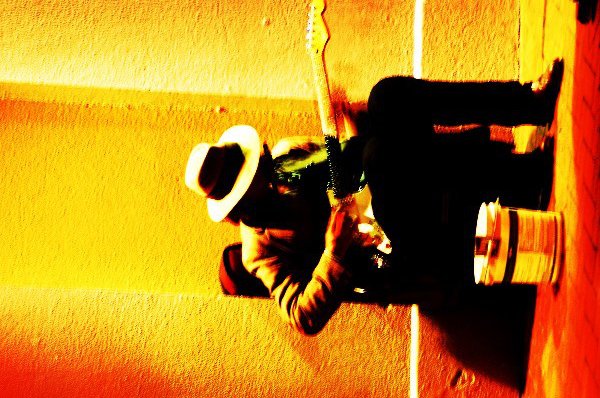
My grandmother owned a collection of portraits by Walker Evans, who struck me with his efforts to capture people in their daily lives. My grandmother also collected hundreds of National Geographics, which I flipped through for hours: the colors of Steve McCurry and David Alan Harvey captured my imagination.
I’m naturally drawn to abstraction and the avant-garde, and somewhere between all these influences, my style emerged. From McCurry and Harvey, I fell in love with color, and from Evans I came to appreciate portraits of people immersed in their common lives.
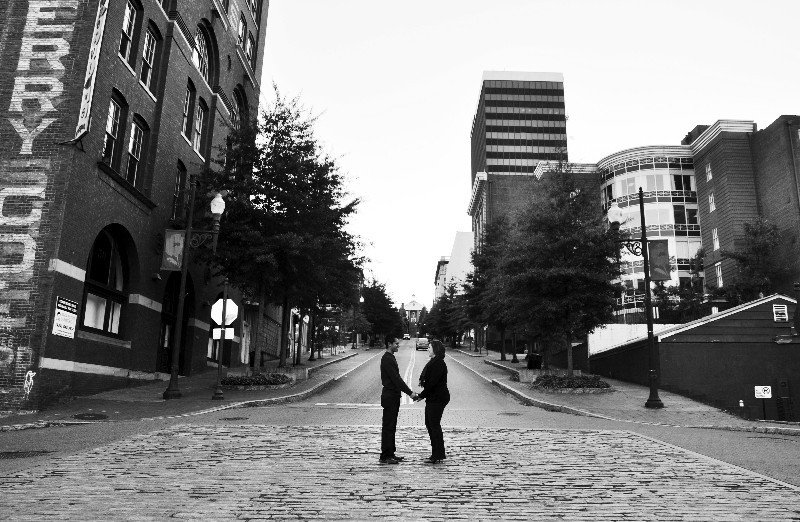
Generally, I shoot in black-and-white when details or a single subject are the essential element of the image, and in color when the whole environment is essential or multiple subjects. These aren’t hard rules, and I will keep a single subject portrait in color if the background colors match the colors of the subject, creating the impression that the subject has become part of the environment.
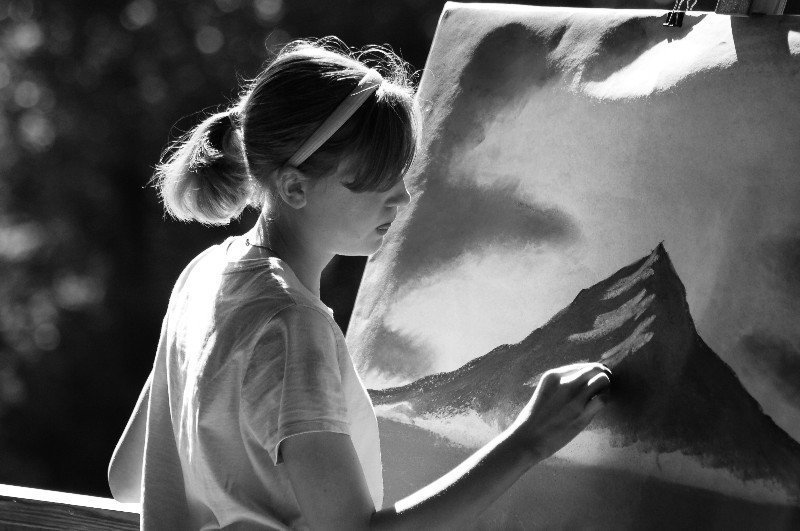
My guiding theme for portraits is immersion, and if the colors help communicate immersion, I use them. Black-and-white images generally draw the eye toward a central subject, while color images allure the eye to explore the image holistically. Colored photos also need to make the viewer feel that the colors themselves are interesting, not just the subjects that are colored.
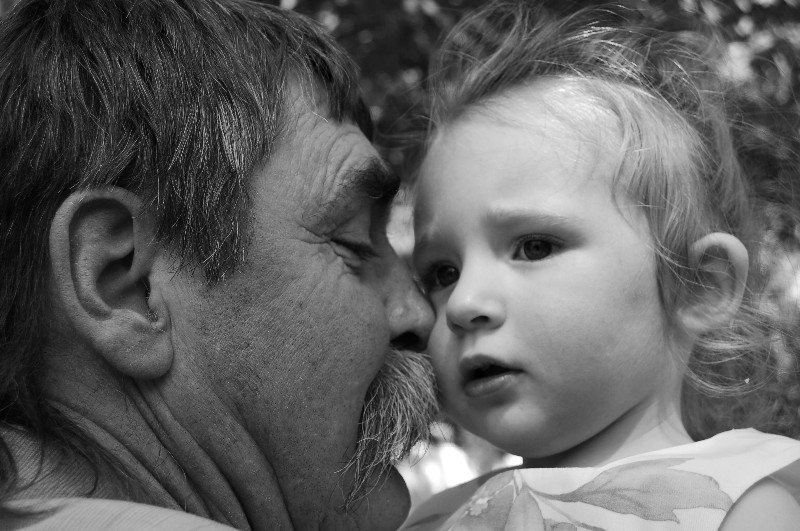
A black-and-white sunset, for example, will likely be a mediocre image because the colors are the picture; on the other hand, a close-up of a person’s palm should probably be in black-and-white, because the hand’s details are of interest—colors would distract and ‘push’ the eye away from the palm lines and essential elements.
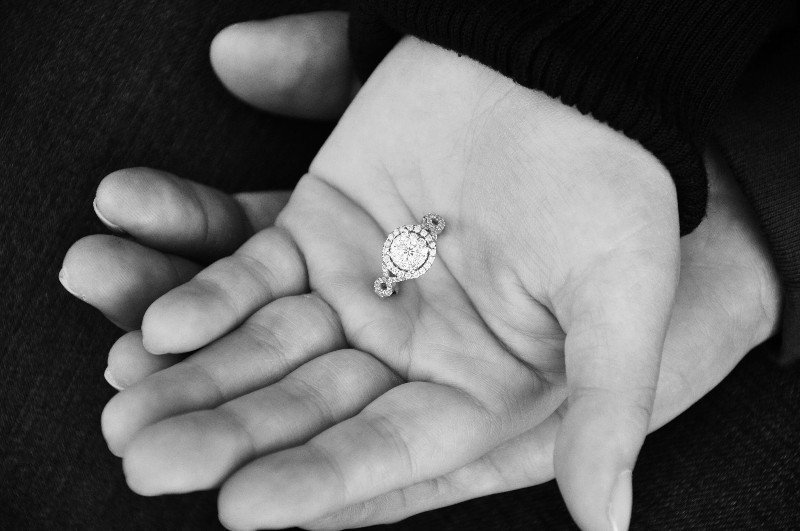
My current photography deals more with abstract work, such as using white backgrounds with bright subjects for contrast. I also enjoy using CDs sprinkled with water under streetlights, then photographing the resulting colors. In these abstract works, there’s an opportunity to be creative behind and in front of the camera.
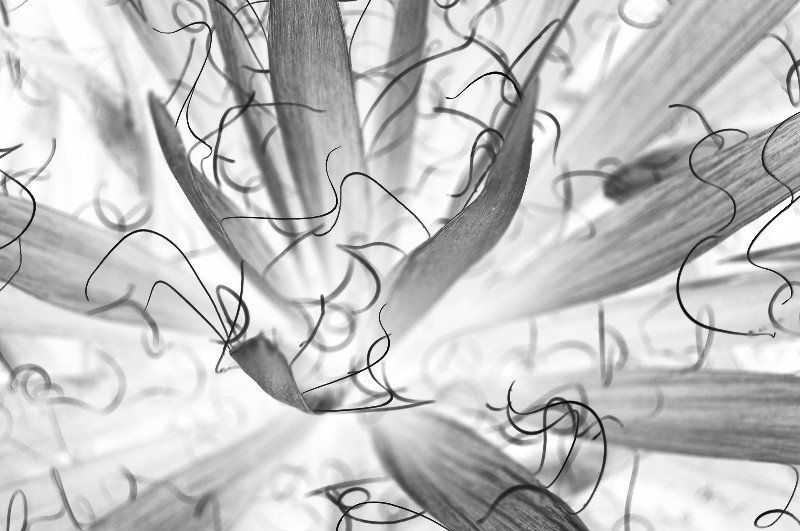
I’ve always admired painters like my friend Cristina Rutkowski Ford, who creates celestial and unforgettable images on mirrors, and in abstract works, I have a chance to realize visions and images that are not just found, but made.

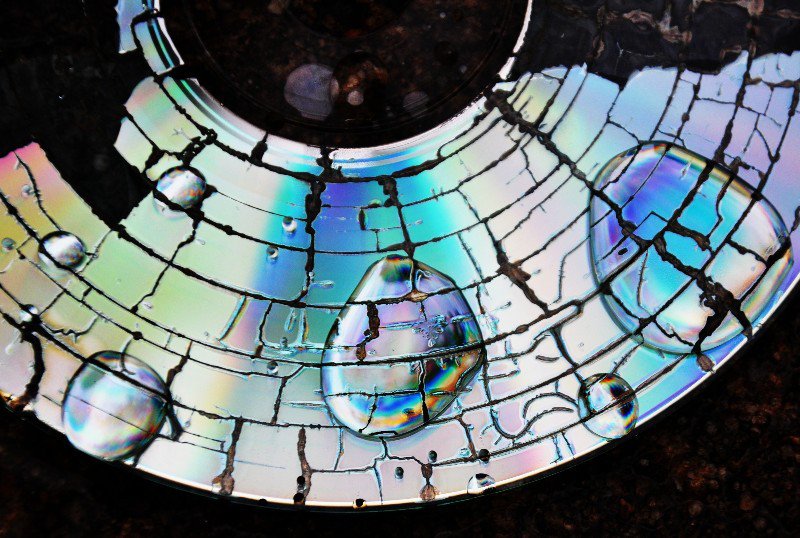
In the late 2000s, my team of artists and I established Eunoia (‘beautiful thinking’), a thoughtful and Christian-founded community for artists in Charlottesville, VA. We functioned as a bridge between Charlottesville locals and UVa students. The space offered me numerous opportunities to exhibit, meet, and collaborate with other artists on portraits, events, and galleries, as well as to reflect on aesthetic philosophy and the theology of beauty. Eunoia helped us figure out what it’s like to be motivated by an intrinsic desire to create.
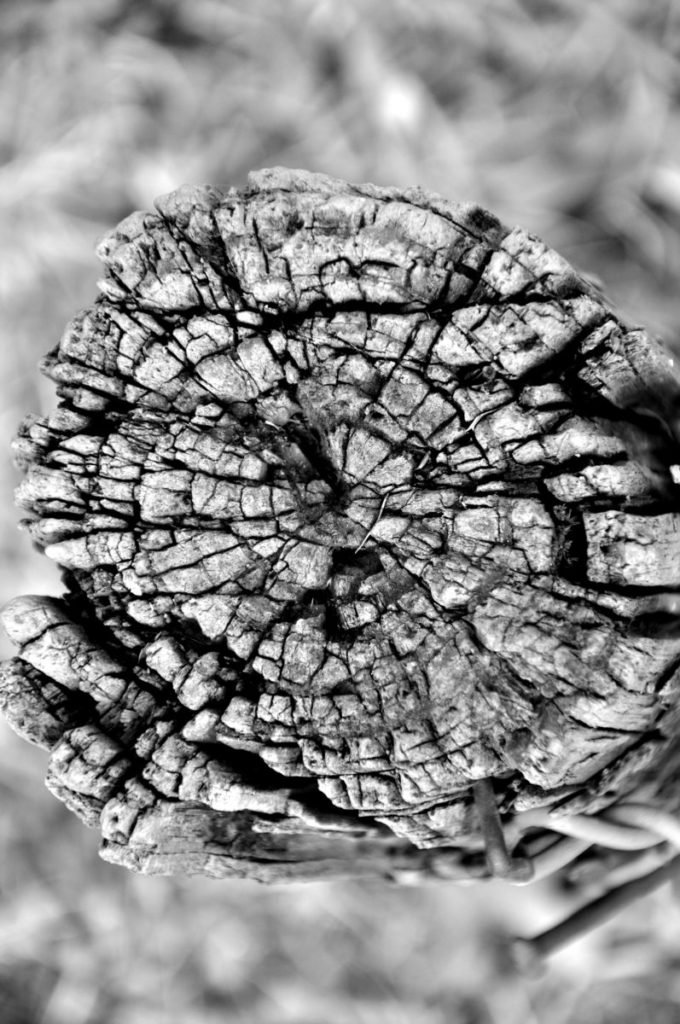
My wife and I currently manage Mead Lake Lodge, a wedding venue that provides opportunities to connect with Lynchburg’s professional artist network. Besides having my work shown at Eunoia, it has been featured in Virginia Magazine, the Lynchburg News & Advance, and will be highlighted in an upcoming issue of Ponder Review.
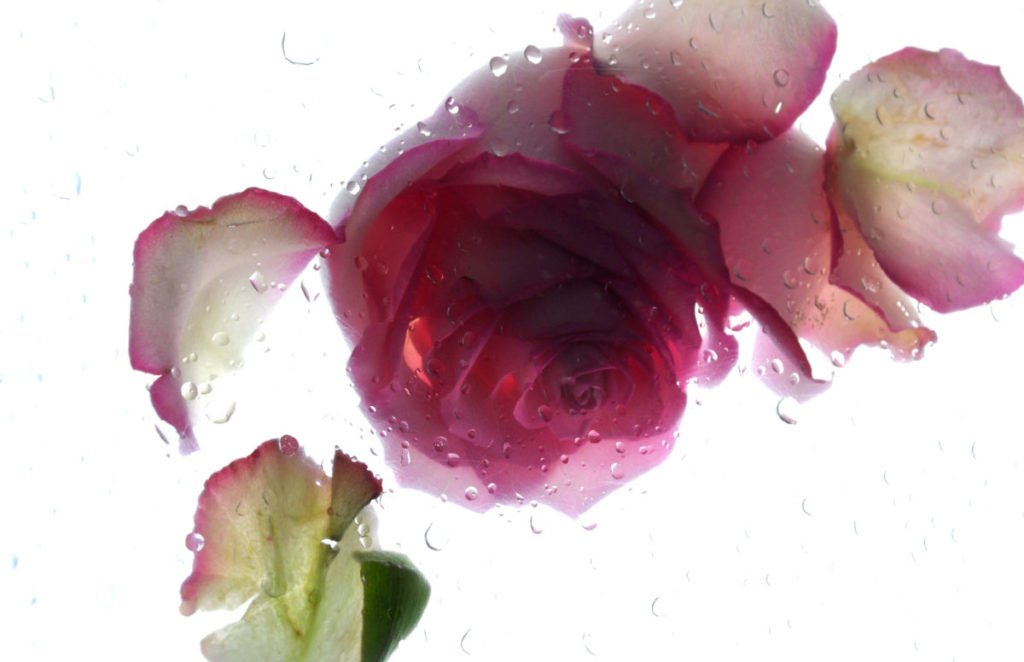
I hope to soon begin a portrait series called “The Life of the Artist.” These portraits will be more traditional than experimental and seek to highlight how artists live and breathe their work. Through this project, I’m curious if I’ll discover small differences that suggest how artists can uniquely embrace and see their lives.

Share this post with your friends.

